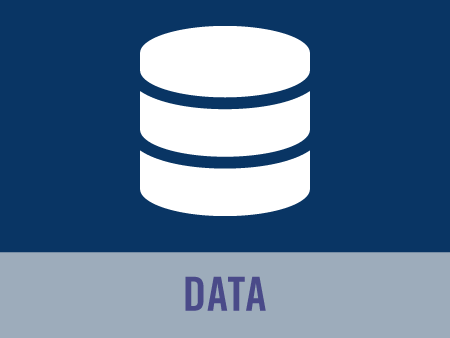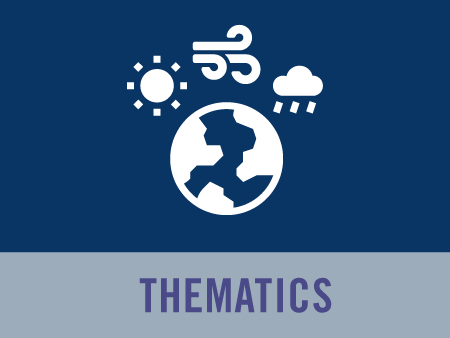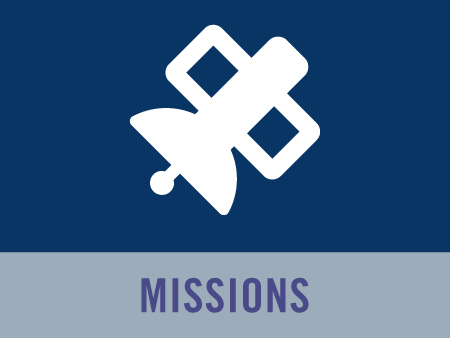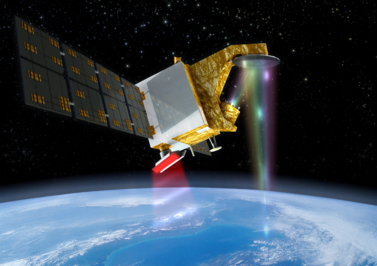Chinese-French Oceanic SATellite
CFOSAT is a French-Chinese mission embedding two instruments (respectively SWIM and SCAT) for measuring ocean surface waves and winds. Ifremer is a major partner in this mission, together with LATMOS and Méteo-France, in support to CNES for the development and validation of the science data products. CERSAT hosts a dedicated production center, the IWWOC (Ifremer Wind and Wave Operation Center), processing and delivering advanced delayed mode products for the ocean scientific community.
Overview
CFOSAT (Chinese-French Oceanic SATellite) is developed jointly by CNES for France and the Chinese National Space Agency (CNSA). It is dedicated to the remote sensing of ocean surface winds and waves, through two embedded instruments :
- SWIM (Surface Waves Investigation and Monitoring) is a rotating radar, operating in Ku band, able to measure both swell wave length and direction over a 70 km large swath. It is provided by CNES and built by Thales Alenia Space.
- SCAT is a rotating fan-beam scatterometer also operating in Ku band. It is developed by China.
CFOSAT satellite is built by China and It was launched on 29th October 2018 from Jiuquan, China by a Long March 2C rocket. The expected nominal duration of the mission is at least 3 years.
Contribution
Ifremer brings a major contribution to the mission :
- as part of the scientific mission group, bringing expertise and support to the development of the processing chains for both SWIM and SCAT instruments, and contributing to the cal/val
- check the dedicated performance monitoring page for CFOSAT instruments and products
- as a node of the ground segment, developing and operating a dedicated data processing and archiving center (IWWOC), delivering :
- swath (level 2) wind and wave products in delayed-mode (> 24h)
- multi-sensor wave and wind fields combining both instruments and later other sources of measurements (such as Sentinel-1 SAR data)
- continuous quality assessment and monitoring of the sensor geophysical performances
- science applications
The IWWOC / CFOSAT products will be available openly to user community by mid-2021.











